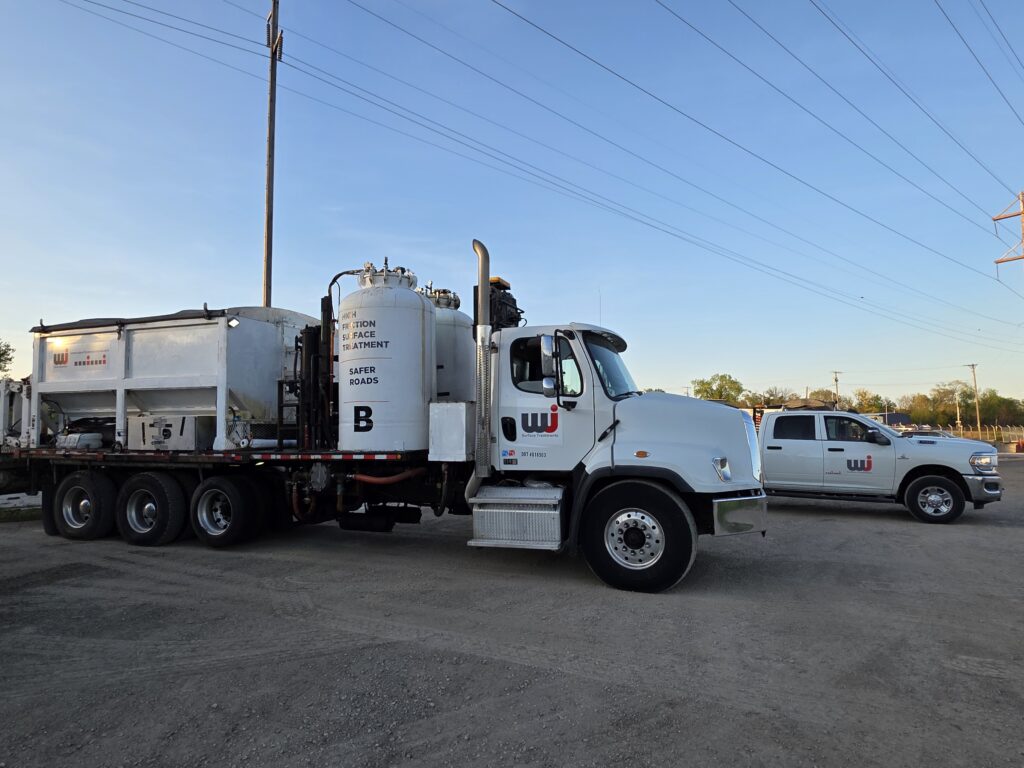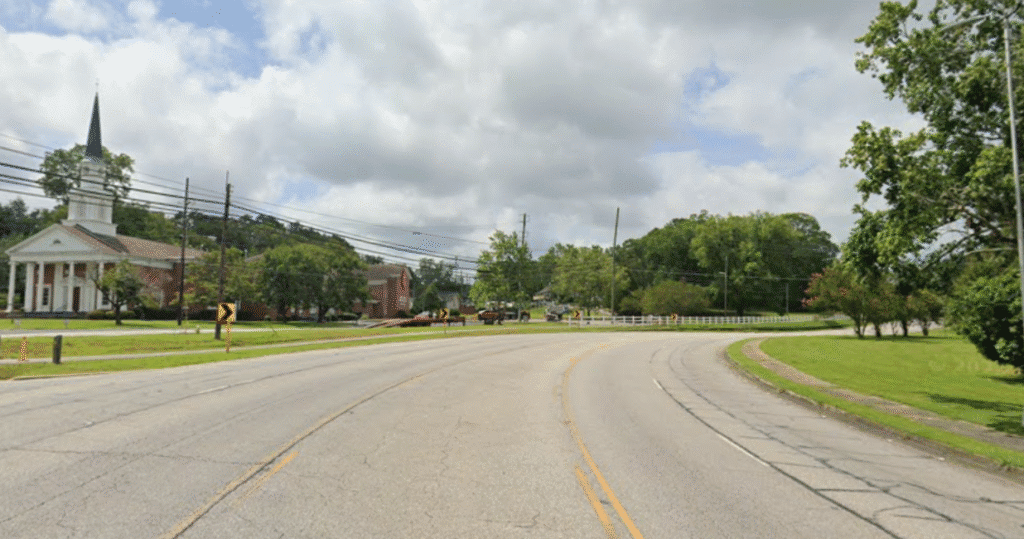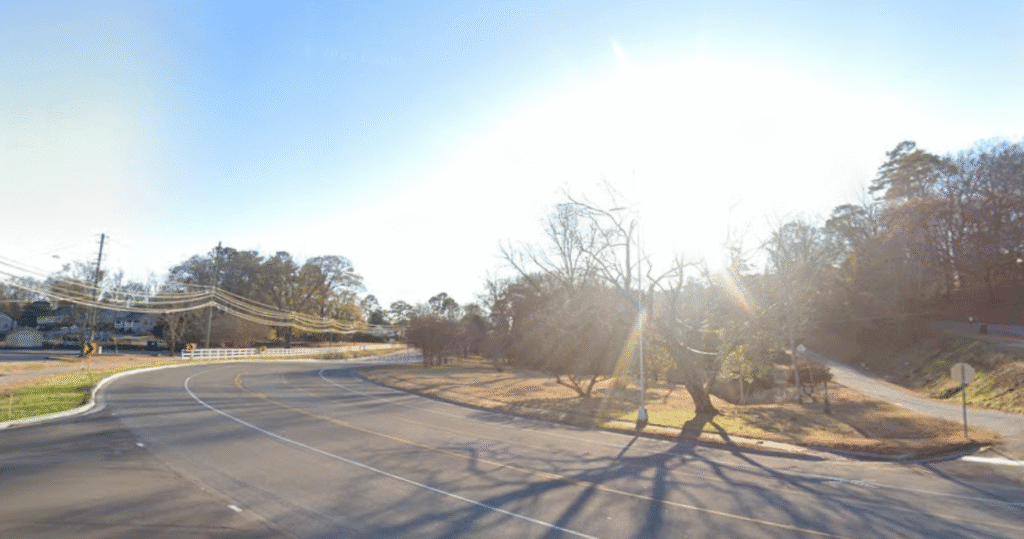Highway 29, Valley, Alabama
Supporting road safety in Alabama
You may be interested in High Friction Surface Treatment- Highway 29, Valley, Alabama
- HFST
Summary
In December 2024, WJ Surface Treatments completed a road safety project using High Friction Surface Treatment (HFST) on Highway 29 in Valley, Alabama for the Alabama Department of Transportation (ALDOT). The work targeted a hazardous curve on a roadway alongside Moores Creek, a tributary of the Chattahoochee River, which had experienced multiple vehicle departure incidents.
A total of 3,665 square yards were treated across two driving lanes and a central turning lane, completed within a three-day working window. Fully automated HFST application equipment was used throughout the project, enabling resin and aggregate to be applied in a single, continuous pass. This approach eliminated manual handling, increased efficiency, reduced traffic disruption, and improved worker safety by keeping crews off the roadway.

3 days
working window

Fully Automated
Installation

3,665 yd²
Installed
Objectives
The primary objective of this project is to reduce the occurrence of roadway departures on Highway 29 near 63rd Street into Moores Creek through the use of HFST. This aligns with ALDOT’s Strategic Highway Safety Plan (SHSP) for 2022–2027, which ultimately aims to eliminate roadway fatalities and serious injuries across Alabama. A key area in the SHSP focuses on reducing lane departure crashes by 4% annually through targeted engineering strategies, including the use of HFST.
HFST significantly enhances pavement friction, reducing the likelihood of loss-of-control crashes, especially in areas with adverse geometry or visibility, such as sharp curves. By increasing skid resistance, HFST is a proven countermeasure that helps prevent incidents in high-risk locations.

Challenges
Prior to installation, WJ Surface Treatments conducted a site inspection to evaluate the most effective placement of the HFST. Through close collaboration with ALDOT, the decision was made to concentrate the treatment on a specific curve adjacent to Moores Creek, the location with a history of vehicle skidding and roadway departures. This focus ensured that the treatment directly addressed the area of greatest safety concern and delivered the maximum cost benefit.
Before the scheme could take place, resurfacing of the roadway needed to take place which created several logistical and environmental challenges that required careful planning and coordination. Close coordination was required between resurfacing crews, WJ teams, and ALDOT to ensure that the HFST could be applied promptly following resurfacing and before final pavement striping took place.
Weather added another layer of complexity. December in Valley is known for its poor conditions, including intermittent rainfall and high humidity, which can affect both scheduling and material curing times. Work crews remained flexible and adapted the schedule as needed to take advantage of favorable weather.
Minimizing disruption to traffic and local communities was also a key priority. The team implemented strategies to maintain safe traffic flow and reduce delays, including the use of fully automated HFST equipment. This technology allowed for faster application while keeping workers out of live lanes, ensuring both public safety and project efficiency.
Results
HFST was installed successfully across 3,665 square yards of roadway in just three working days. The fully automated process delivered consistent surface quality, minimized public disruption, and enhanced worker safety.
This project supports ALDOT’s commitment to using innovative, engineering-led solutions to reduce skidding incidents and improve roadway safety outcomes. With HFST identified as a proven safety countermeasure by the Federal Highway Administration, projects like this contribute to Alabama’s long-term vision of achieving zero traffic-related deaths and serious injuries.
“This project demonstrates the impact of high-performance surface treatments in addressing incident-prone locations quickly and effectively. Our fully automated HFST system ensures both safety and efficiency, and we’re proud to support ALDOT’s mission to make Alabama’s roads safer for all,”
Robert Hivish, Director of Operations, WJ Surface Treatments LLC

Before

After